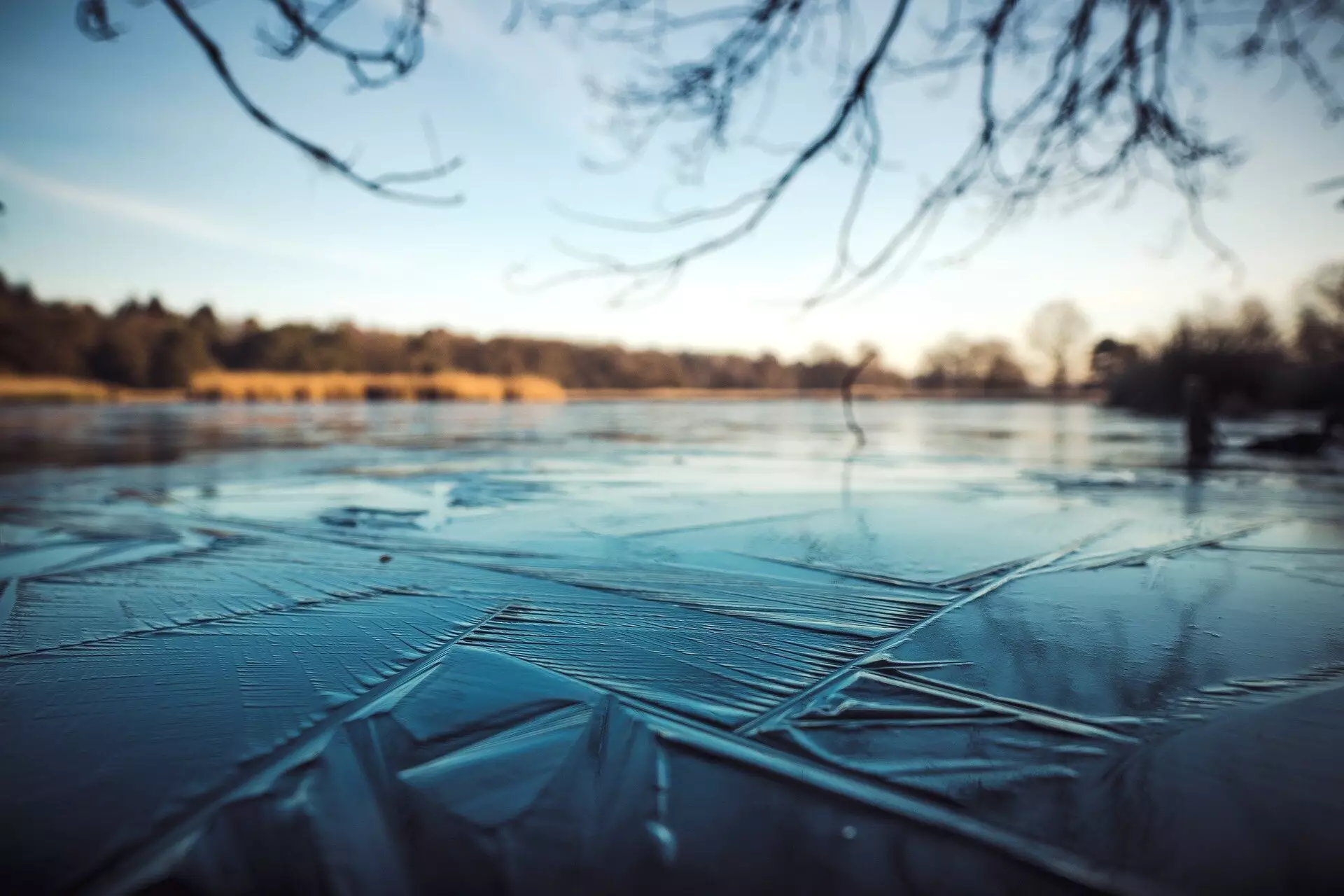As our planet undergoes significant climatic shifts, the consequences manifest in surprising and alarming ways. One critical concern is the reduced freezing duration of freshwater lakes, a matter underscored by recent research spearheaded by an international team of scientists, including prominent freshwater ecologist Stephanie Hampton from Carnegie Science. Their findings, which are now published in the journal Science, serve as a stark reminder that the health of these vital ecosystems is being compromised by climate change.
Traditionally, millions of lakes around the world have relied on the freeze-thaw cycles of winter to maintain their ecological balance. Hampton’s review highlights a worrying trend over the past 165 years, revealing that the average ice coverage in lakes has shrunk by an astonishing 31 days. Furthermore, an increasing number of lakes that once reliably froze over each winter are now experiencing ice-free years—a drastic departure from historical norms. This development not only serves to highlight the changing climate but also raises important questions regarding the long-term implications for the communities that depend on these bodies of water for drinking, fishing, and recreation.
Implications for Human Health and Safety
The consequences of this shift extend far beyond ecological impacts; they pose significant risks to human safety and welfare. Lake ice has traditionally facilitated safe transportation routes during winter months, whether for recreational purposes or commercial activities. With shorter ice cover, concerns arise regarding access to water resources, which can affect communities relying on lakes for their drinking water supply. Such changes potentially jeopardize not only local economies but also cultural identities tied intrinsically to these waterways.
The Chain Reaction: Ecosystem Imbalance
The ramifications of diminished ice coverage ripple through the ecological fabric of freshwater systems. The research emphasizes that shorter winters lead to altered biogeochemical cycles within these lakes. Warmer waters can foster toxic algal blooms, particularly from cyanobacteria, endangering aquatic life, as well as human health. These blooms thrive in conditions where temperature rises, leading to decreased oxygen levels in the water—resulting in an environment ripe for further ecological imbalance. Moreover, when sediment disturbed by these blooms releases stored metals back into the water column, it creates additional water quality challenges that must be addressed.
Invasive species are likely to flourish in warmer lake environments, outcompeting native species adapted to cold conditions. This shift can lead to notable declines in biodiversity, further complicating the ecological dynamics of lakes. With unique species adapted for life in colder temperatures under threat, the long-term stability of these ecosystems hangs in a precarious balance. The study raises alarms about the urgent need to track species populations and distributions as climate-induced modifications in ice cover continue to unfold.
Another alarming area of concern highlighted in the research is the role that lakes play in the global carbon cycle. Lakes trap carbon when they are ice-covered, minimizing gas exchange with the atmosphere. In contrast, the absence of ice cover can accelerate the release of greenhouse gases like methane and nitrous oxide—factors that exacerbate climate change. As lakes become warmer and ice duration decreases, they contribute to a cycle of worsening climate conditions that requires urgent examination by scientists and policymakers alike.
The Research Frontier: Winter Studies as a Necessity
Winter lake research is an evolving field that underscores the need for scientists to investigate and understand these changes fully. Hampton and her colleagues emphasize the necessity of developing innovative and safe methodologies for conducting research in icy conditions. Recent initiatives, including the hosting of a winter school for early-career researchers, exemplify efforts to cultivate expertise in this vital area of study. Only with a comprehensive understanding of how changes in ice dynamics affect both ecosystems and human communities can effective mitigation strategies be formulated.
As reported by Hampton, the trend indicates that lakes across the globe are responding to climate change with alarming speed. With a billion people residing near ice-dependent lakes, the implications of this phenomenon are far-reaching and profound. This research represents not only a call to action for further studies but also a pivotal moment for environmental and public policy. To safeguard both freshwater ecosystems and the communities reliant on them, we must invest in understanding the various roles lake ice plays in a warming world and take concerted action to address the pressing risks posed by climate change.

